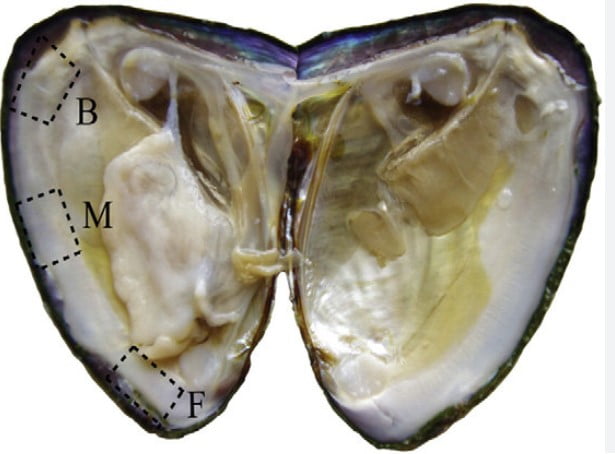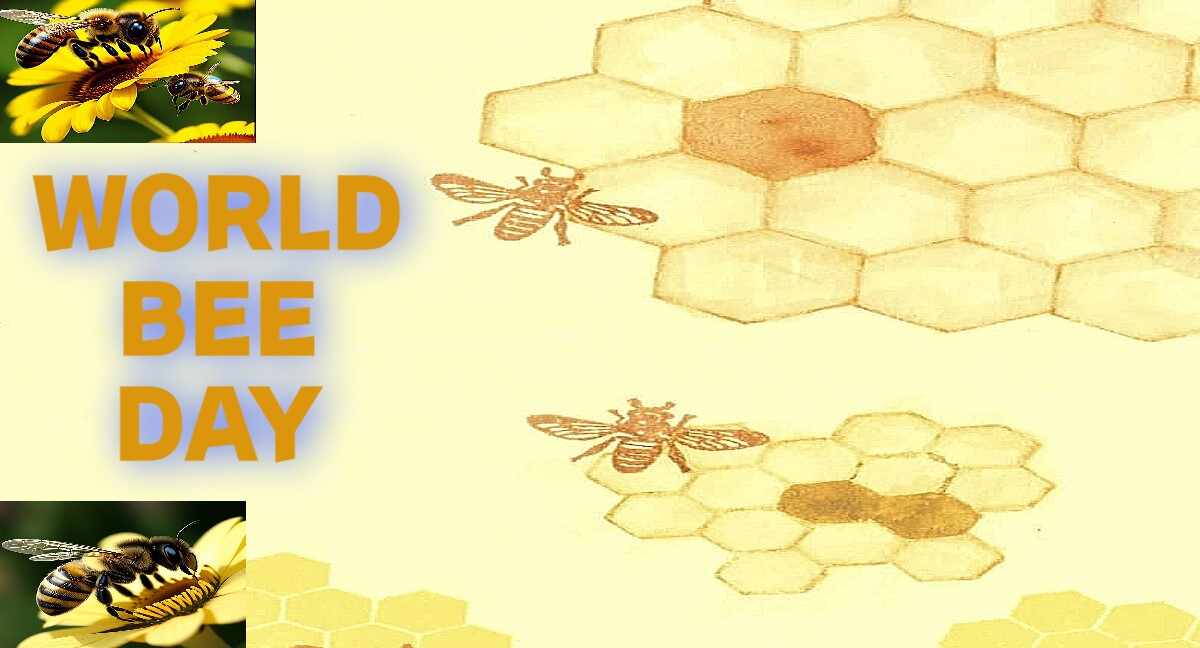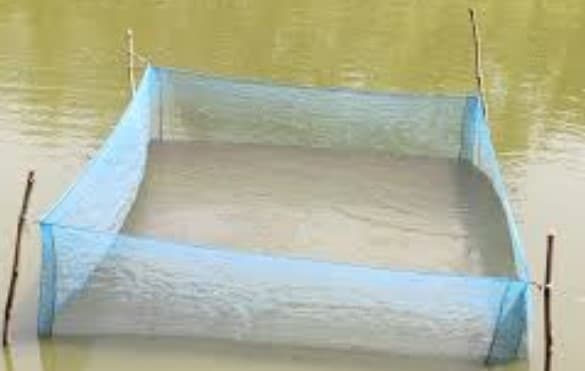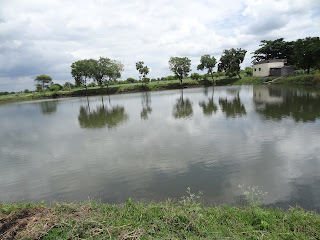Freshwater featherbacks fish Identification Characteristic and Importance: Featherback fishes are the widely distributed in deep and clean waters in the freshwater resources like- rivers, beels, reservoirs, ponds and it enters in brackish water resources. They are carnivorous and predatory fish and feed on aquatic insects, mollusks, shrimps, small fishes, insects and tender roots of aquatic plants during early stages of life. They are rich in nutritive value and command a higher market price despite the presence of a large number of intramuscular spines.
Freshwater featherbacks fish Identification Characteristic and Importance:
1. Notopterus chitala (Ham) 1822
Classification
Class – Teleostomi
Order – Clupeiformes
Sub order – Notopteroidei
Family – Notopteridae
Genus – Notopterus
Species – Chitala (Chital)
B.8-9; D.9-10 (1-2/7-9), P.16; V.6; A. 110-125; C.12-14; L.I. 160-180.
Popular names : Feather back, Knife fish.
Local names : Pholi, Patola, Chapple-Mache Chambhari.
Environment : Demersal fresh water pH range 6.0 to 8.0 dh range 5.0 to 19.0
Climate : Tropical 24-25.
Dangerous : Harmless.
Maximum size : 60.0 cm SL.
Characters:
Length of Head ranges from 4.5 to 5 and height of body 3.5 to 4 in the total length.
Mouth is large, Maxilla extends beyond the hind edge of the hide edge of the eye.
The dorsal fin originates nearer the tail than the snout.
Anal fin is long and confluent with the caudal latter somewhat pointed
Ventral fin are minute or small.
Body is coppery brown or grayish, Silvery on the sides.
Lateral line is complete.
Remark: It averages 25 cm in length but may reach up to a meter.
Importance : Fisheries : minor commercial; aquaculture: commercial; Game Fish: yes; Aquarium : commercial.
2. Notopterus notopterus (Pallas) 1769
Classification
Class – Teleostomi
Order – Clupeiformes
Sub order – Notopteroidei
Family – Notopteridae
Genus – Notopterus
Species – notopterus (Bronze featherback)
B.8; D.7-8 (1-2/6-7); P.17; V.5-6; A. 100-110; C.19; L.I.225
Popular names : Feather back or knife fish.
Local names : Pholi, Patola, Chapple machi, Chambhari.
Environment : Demersal; freshwater; Brackish; pH range 6.0 to 6.5 dH range 3.0 to 8.0
Climate tropical : 24-280 C; 3.50 N -100 S.
Dangerous : Harmless
Maximum size : 60.0 cm SL.
Characters :
Length of head ranges from 4.7 to 5.5 and the height of body from 3.5 to 4 in the total length.
Mouth moderate; Maxilla extends up to mid orbit.
Body is deep, moderately elongated and compressed.
Dorsal fin is small and arises nearly midway between the snout and end of the caudal fin. Ventral are very minute.
Anal originates just behind the ventral and becomes confluent with caudal fin.
Caudal fin is pointed.
Lateral line is complete.
Body is silvery white, with fine gray spots, which are dark along the narrow back.
Remark : This fish is relished both in fresh and dried condition. Owing to its carnivorous nature.
Importance : Fisheries: commercial; aquaculture; commercial. Aquarium: commercial.









